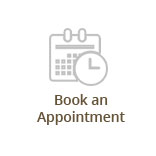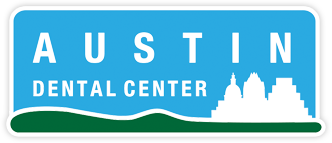Most of us know how important it is to brush and floss every day. But sometimes that daily regimen can become so much of a routine that we tend to hurry through it, and once that happens, our oral health can suffer. If you feel like you’re stuck in a rut when it comes to taking care of your teeth and gums, here are a few oral hygiene tips to get you back on the right track.
- Pay attention to how you’re brushing and to how long you’re doing it. Keep the toothbrush at a 45-degree angle and use short back-and-forth strokes. Make sure you’re brushing every tooth surface, including both the front and back of your teeth. One of the biggest mistakes that people make when brushing their teeth is that they don’t brush for long enough. The American Dental Association recommends brushing for at least two minutes, so it might help to time yourself.
- Use the right kind of toothbrush. Whether you use a manual or electric brush, make sure the head fits easily inside your mouth, and that you can easily reach all tooth surfaces with the head of the brush. Soft bristles are usually best since there’s less chance of brushing too hard, which can actually cause damage to your enamel and hurt your gum tissue as well.
- Use the proper flossing technique. Rather than just running a strip of floss between each tooth, make sure the floss comes into contact with the tooth surface on each side. Try to create a C shape with the floss as you maneuver it between your teeth.
- Kick your oral hygiene routine up a notch. If you’re used to just brushing and flossing, consider adding to your routine by using an anti-bacterial mouthwash once or twice a day and a water flossing device at night. The mouthwash will help eliminate the bacteria that can cause gum disease, and the water flosser will remove leftover food particles that are difficult to reach with just flossing alone.
Of course a daily oral hygiene routine is just half the battle when it comes to maintaining good oral health. The other part involves visiting your dentist on a regular basis for oral exams and professional cleanings. Although the frequency of visits varies somewhat from one person to the next – depending on your oral health history and the current condition of your teeth and gums – most people will need to see their dentist twice per year. That, combined with paying close attention to your daily hygiene routine, will allow you to enjoy good oral health now and in all the years to come.









